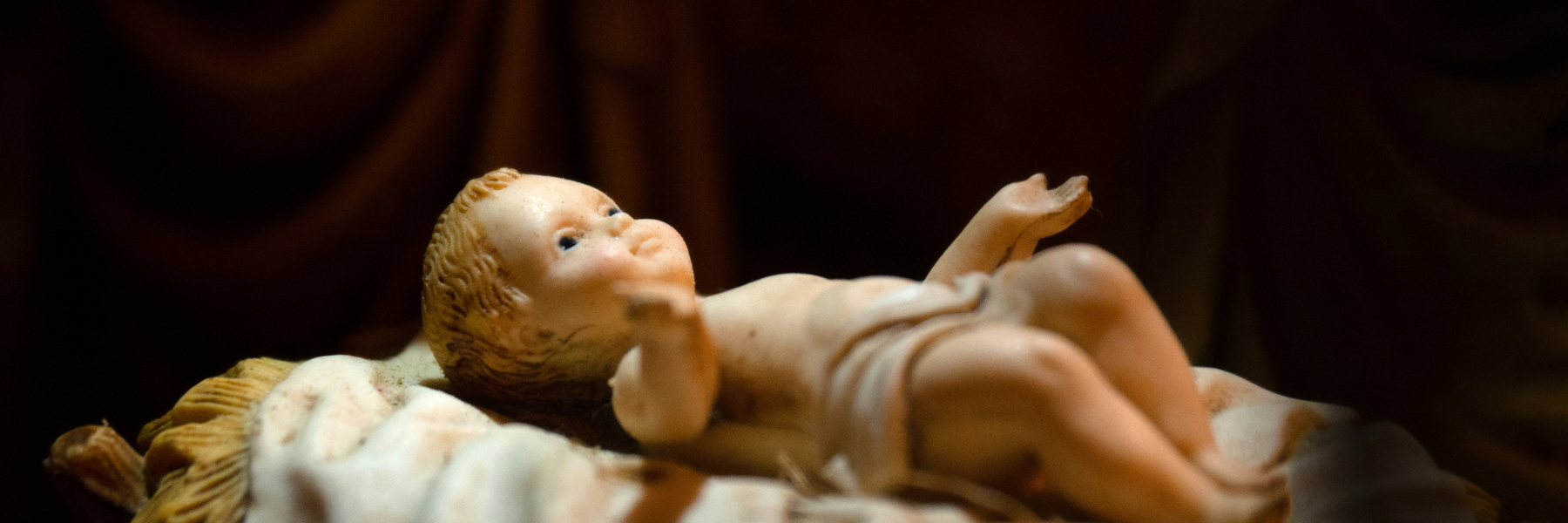
CHRISTIAN MEDITATION: A BASIC GUIDE - Part 3: How to Practice Meditation
We now know what Christian meditation is, and how it differs from other forms of meditation, so let’s talk more about how to practice it.
Interest in meditation has been growing for some time, as a form of relaxation, a spiritual practice, a mental health prescription, or as a tool to help manage chronic pain.
Meditation can indeed be beneficial for our overall health. Some aspects of eastern religious thought can seem very similar to Christian revelation, and eastern meditation is also many times marketed as neutral and non-religious, appropriate and beneficial for all. But, as we have seen in Part One and Part Two of this series, not all forms of meditation are equal. This series summarizing and simplifying the Vatican, Letter to the Bishops of the Catholic Church on Some Aspects of Christian Meditation, has examined how Christian meditation is markedly different from other popular forms of meditation. In fact, we know that these forms of meditation are risky, as they can cause physical and spiritual harm.
There are no concerning side effects to Christian meditation. Accordingly, it would be beneficial to gain a more solid understanding of Christian meditation, and how we are to pray in this way, so that we can avoid the errors and the possible concerning side effects of other popular meditation techniques.
We now know what Christian meditation is (prayer, communion with God), and how it differs from other forms of meditation, so let’s talk more about how to practice it. Christian meditation often involves the pondering of sacred images, sacred scripture or other sacred writings, such as the lives of the saints. Above all, the Church recommends the reading of sacred scripture as the foundation of our prayer. We can use scripture in our prayer to delve deeper into its mysteries and, "so that a dialogue takes place between God and man.”¹
We speak to God and we listen to Him in the Word of God. Lectio Divina is a great method that can be used. The Rosary is another form of meditation. There are many others, including the “Prayer of Recollection” that I mentioned previously in Part-Two of this series. With all of these genuine forms of Christian meditation, the aim is to be in conversation with God and to develop a greater intimacy with our Lord. The focus is on relationship, on a deeper understanding of His Truth.
“To find the right ‘way’ of prayer, the Christian should consider what has been said earlier regarding the prominent features of the way of Christ, whose ‘food is to do the will of him who sent (him), and to accomplish his work’ (Jn 4:34). Jesus lives no more intimate or closer a union with the Father than this, which for him is continually translated into deep prayer. By the will of the Father he is sent to mankind, to sinners, to his very executioners, and he could not be more intimately united to the Father than by obeying his will. This did not in any way prevent him, however, from also retiring to a solitary place during his earthly sojourn to unite himself to the Father and receive from him new strength for his mission in this world.”¹
We are all different, and will experience Christ in unique ways. We may not all be chosen for the type of mystical experiences conferred upon Saint Teresa of Avila, for example, but, “every ‘living’ Christian has a specific task (and in this sense a ‘charism’) ‘for the building up of the body of Christ’ (cf. Eph 4:15-16), in communion with the Hierarchy whose job it is ‘not indeed to extinguish the Spirit, but to test all things and hold fast to what is good.”¹
Our job is to discern the unique charisms that we have been given by God and to use these in service for the good of His Church. Finally, it is important to keep in mind that, “Contemplative Christian prayer always leads to love of neighbor, to action and to the acceptance of trials, and precisely because of this it draws one close to God.”¹
And on that note, I’ll end with one final quote:
“From the rich variety of Christian prayer as proposed by the Church, each member of the faithful should seek and find his own way, his own form of prayer. But all of these personal ways, in the end, flow into the way to the Father, which is how Jesus Christ has described himself. In the search for his own way, each person will, therefore, let himself be led not so much by his personal tastes as by the Holy Spirit, who guides him, through Christ, to the Father.”¹
I hope you have found this helpful and informative. To learn more, I invite you to read the informative letter, On Some Aspects of Christian Meditation, in its entirety.
Your sister in Christ,
Jocelyne DeGroot
Foundation 1 Pietra Fitness Instructor
Christian Meditation: A Basic Guide Part 1
Christian Meditation: A Basic Guide Part 2
Jocelyne DeGroot is a Canadian homeschooling mom, member of the Order of Secular Discalced Carmelites, and co-founder of freetruth.ca, where she shares free and faithful Catholic online resources. Jocelyne’s favorite pastimes include writing, kayaking, camping, and curling up with a good book. She is also the first Certified Pietra Fitness Instructor in Canada!
1 Ratzinger, Joseph. Letter to the Bishops of the Catholic Church on Some Aspects of Christian Meditation. http://www.vatican.va/roman_curia/congregations/cfaith/documents/rc_con_cfaith_doc_19891015_meditazione-cristiana_en.html. Congregation for the Doctrine of the Faith, Rome. [online] 1989.




